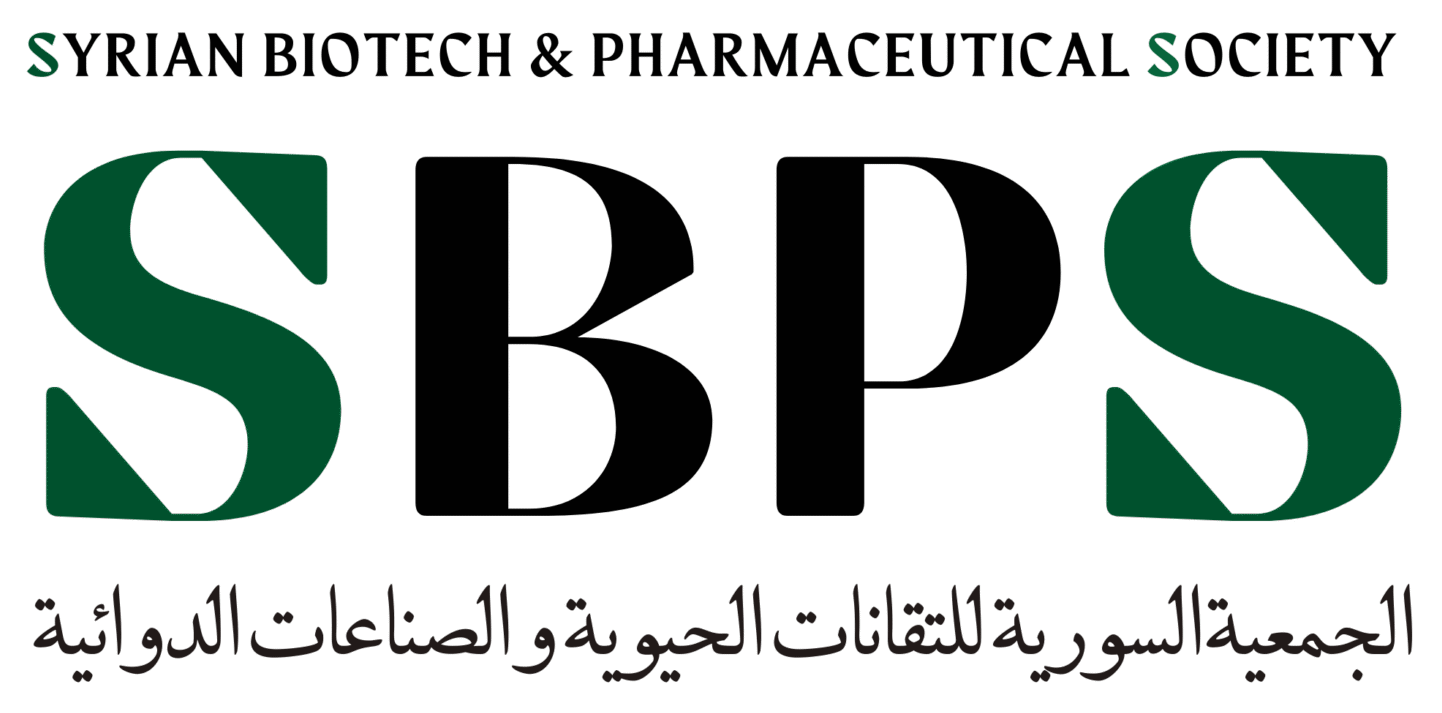Written by| Dr Zaher Elbeck| Researcher at karolinska institutet
Imagine a world where diseases are not just treated — but cured at the genetic level!
Over the last two centuries, scientists have developed medications that saved billions of lives and improved our daily health. This has led to a remarkable increase in life span, especially in modern countries. However, despite these advances, we are still unable to treat many diseases effectively, and many existing medications bring serious side effects. In addition, better medical diagnostics and the aging of most populations have revealed new diseases and subtypes of diseases we hadn’t seen before, — ones that are very difficult to target using conventional small molecule-based drugs.
The next generation of treatments — gene therapy — brings powerful new technologies for precise and selective targeting, paving the way for individualized therapies that could finally overcome these challenges.
How traditional drug development works
Most of the medications developed up until now rely on small chemical molecules that stimulate or inhibit cellular receptors. Many of these molecules were originally obtained from natural sources and chemically modified, while others were discovered through the laborious screening of libraries containing billions of random compounds. You can imagine how costly that is!
Developing a new medication takes many years and costs an enormous amount of money — especially for small molecule-based drugs. The process usually starts with decades of basic research to uncover the molecular mechanisms behind a disease. Once this is understood, scientists develop a cellular model, so called ¨in vitro model¨ that mimics some features of the disease and then screen it against libraries of chemicals, often testing over 10,000 different compounds for every new drug developed.
Out of these 10,000 compounds, maybe only 10–100 positive hits are found. These hits are then chemically modified to improve their activity and move to the preclinical stage.
The challenges of preclinical and clinical trials
Preclinical studies use small animal models like mice and rats, which have been genetically modified to mimic human diseases. Most compounds that show promise in the lab fail at this stage because biological systems are much more complex than a simple dish of cells. In living organisms, multiple systems interact in ways that are hard to predict.
Compounds that survive small animal testing are then tested on larger animals like pigs, monkeys, or dogs. At the end of the preclinical phase, only 3–5 molecules typically make it to clinical trials in humans.
To make sure the drug is both safe and effective, clinical trials involve three consecutive phases before the drug can enter the market, and a fourth monitoring phase after entering the market. These phases are extremely costly — only the largest pharmaceutical companies can afford them. And even then, many promising compounds still fail because of the complexity and diversity of human biology.
In the end, out of the original 10,000 compounds, maybe only one will reach the market — after many years and over a billion dollars spent.
Why are drugs so expensive?
When a company finally brings a drug to market, it must not only recover the cost of developing that one successful compound but also the cost of all the others that failed along the way — plus the cost of future research. The company gets exclusive rights to manufacture and sell the drug for about 20 years, but usually, half of that time is spent just completing clinical trials and getting government approvals. All of this makes drugs very expensive, particularly during the patent period.
The limits of small molecule drugs
Small molecule drugs usually target surface proteins (receptors) on the cell. Activating or repressing these receptors triggers downstream actions inside the cell, controlling disease-related mechanisms.
However, these receptors usually regulate many different pathways — not just the one causing the disease. This “cross-talk” often causes unwanted side effects. Moreover, chemical drugs are not perfectly specific: they might bind to similar but unintended receptors, causing even more side effects.
Enter gene therapy
Gene therapy offers a completely different approach. Instead of acting indirectly through receptors, it targets specific genes that encode downstream proteins — even proteins inside the cell — allowing far greater precision and far fewer side effects.
Before explaining more, let’s quickly review how genes work: Our genome encodes the proteins that build and operate our cells. First, a gene is transcribed into messenger RNA (mRNA), which carries the genetic code from the nucleus to the ribosome in the cytoplasm. There, the mRNA is translated into protein, which is folded and modified to become a functional protein or enzyme. Through designing a short nucleic sequence that complement a sequence target on the genomic DNA or on the mRNA, one can intervene at any step of this process — by regulating the transcription of RNA, regulating the translation of mRNA, or even editing the gene directly. Since the sequence of the targeted gene is known, developing a precise gene therapy tool doesn’t require screening millions of random candidates — unlike with small molecule drugs. This saves enormous amounts of time, effort, and cost when developing new therapies.
Conclusion
Gene therapy holds the promise to not just treat symptoms, but to fix the root cause of diseases at the genetic level. With more precision, fewer side effects, and faster development pipelines, it is truly the future of medicine. All pharmaceutical companies have many candidates under developments, with many that showed promising results in clinical trials, and are expected to enter the market soon.
By Dr Zaher Elbeck|researcher at karolinska institutet
